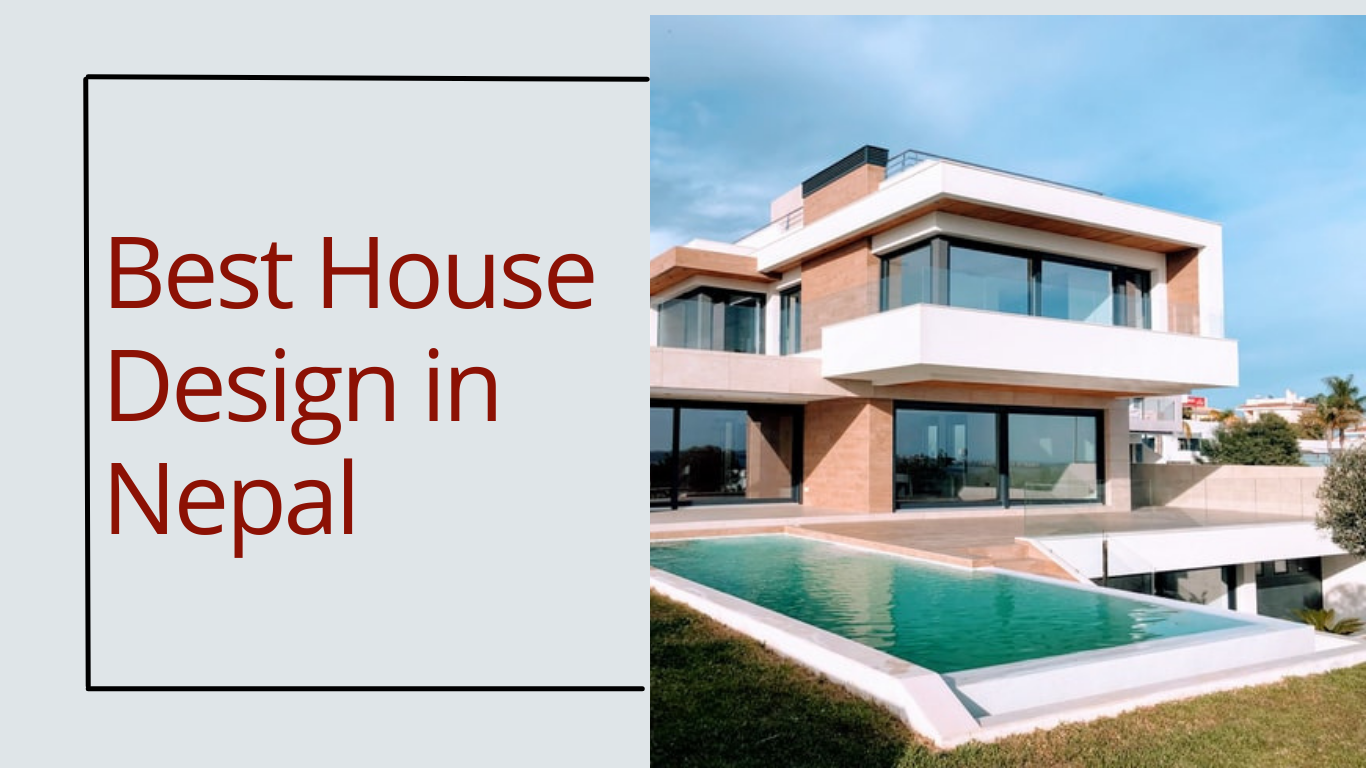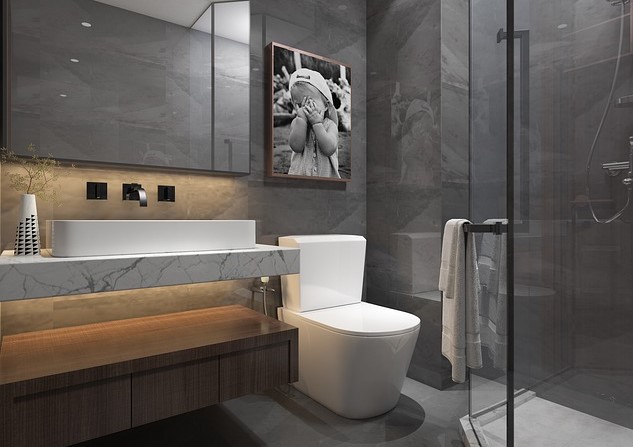By ultra / March 18, 2022
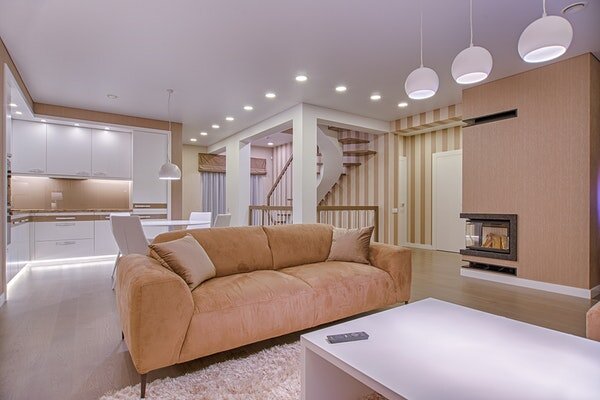
Importance of Ambient Lighting in Interior Designs
Whether you have an actual need to know about lighting in interior design or are just intrigued by the topic, this blog would be of help today. It includes an introduction to light, its types, and history; lighting principles, different light sources, and lighting layers for interior design. Let us get started:
Light, its types, and history
“Light makes us able to perceive the world — Without it, everything is sheer darkness.”
There are two forms of light — i.e., natural light and artificial light. Here, the sun, moon, and stars are sources of natural light; whereas artificial lighting includes the light sources discovered by men.
Artificial lighting started with the revelation of fire — four hundred thousand years back. From then on, burning — woods, gasoline, and animal fats — did the lighting. Lately, light from electric bulbs is the dominant source of artificial lighting, with candles being used on occasions for aesthetics.
Lighting in interior design
Lighting is everything for interior design. We view the interior space only when light meets the matter and forms color, texture, and geometry.
A lighting plan in interior design radically affects the appearance of the space, our moods, and our emotions too.
So, let's know some basic lighting in interior design principles first:
- Color temperature: It defines the coolness and warmth of the lighting source. We can segregate the light’s color temperature into three parts: warm light, neutral light, and cool light. The color temperature is in kelvin degrees — where the warm light is 3000 kelvin, neutral light is 4000 kelvin and cool white light is 5000 kelvin.
- Warm light: It creates a cozy and inviting atmosphere, and is suitable for a bedroom, living room, kitchen, and any other space with warm colors like red, orange, and yellow.
- Neutral light: It is a clean light which makes it suitable for anywhere that requires light just sufficient to complete an activity like reading but not too intense to disturb the task being performed. It also fits well in a bathroom, kitchen, and office workspace.
- Cool white light: The cool white light is brighter than lights of other color temperatures. We prefer it for offices, hospitals, and other commercial buildings.
- Beam angle: Beam angle is the angle at which the light disperses. There are two beam angles used in lighting — spot angle and wide-angle.
Spot angle helps to highlight a specific object, whereas we use wide-angles for general dispersed lighting where the focus is not on any fixed place.
Light sources for interior design
There are 3 light sources for interior design — i.e., natural light, light from decorative lamps, and light from architectural lamps.
- Natural Light
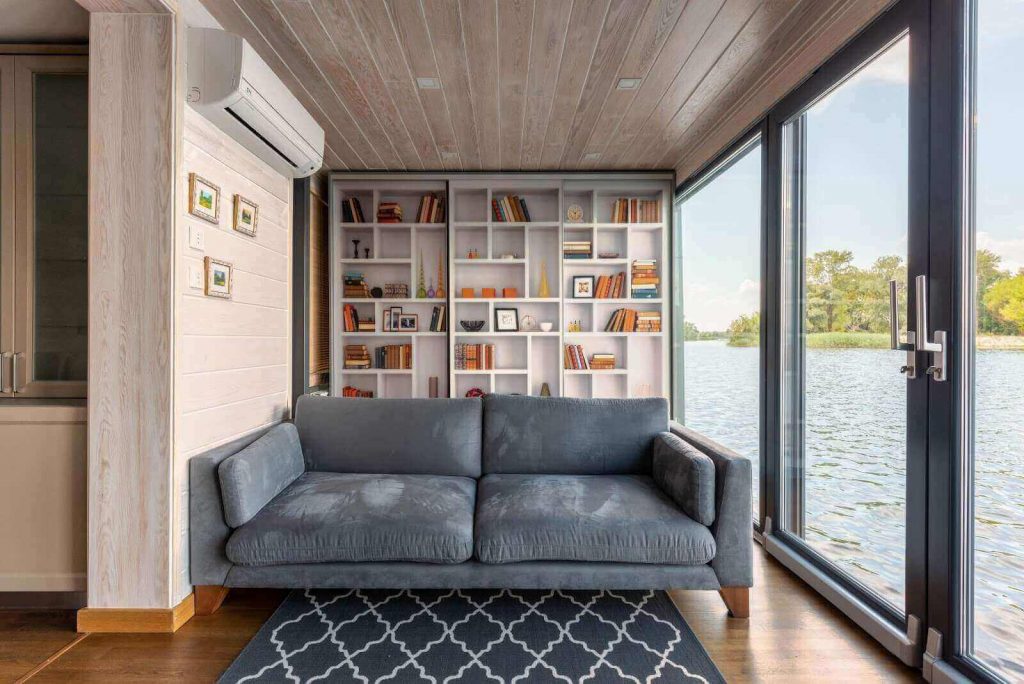
We incorporate lights from the sun, moon, and stars into the interior space to save electricity and for overall well-being associated with being exposed to natural lights. Wider windows and transparent ceilings are the only requirements to bring about natural lights inside.
- Light from decorative lamps
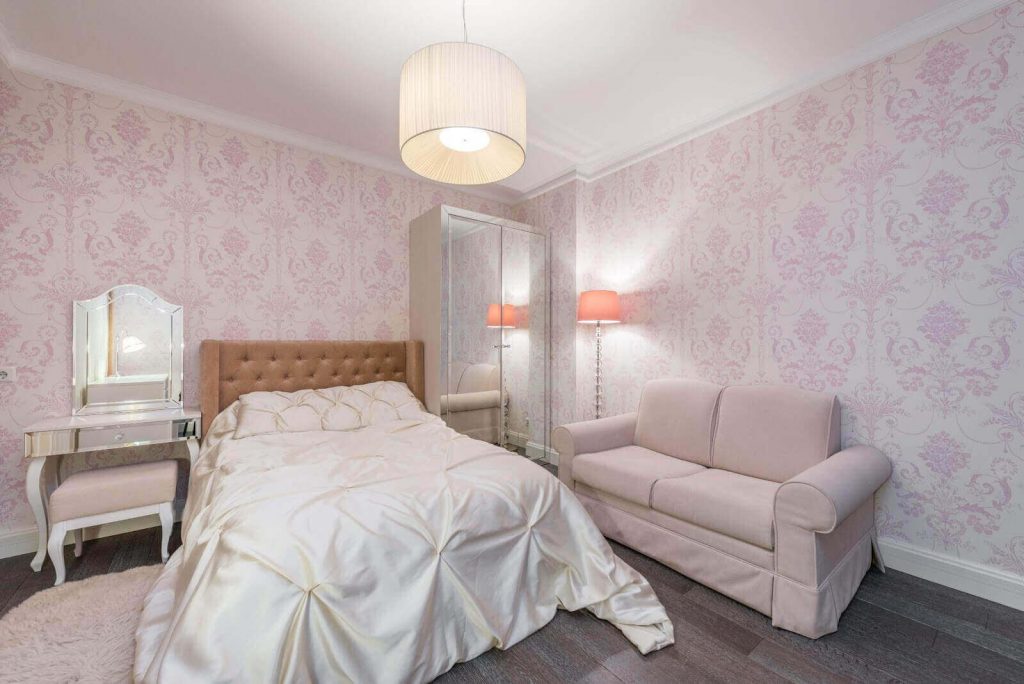
Pendant lamps, wall sconces, floor lamps, and table lamps are a few examples of decorative lamps. It fulfills two purposes — i.e., beautifies and illuminates the space at the same time.
We can use different decorative lamps at the same time, but there must be a common thread among them to make the space feel harmonious. A common thread can be — lamps with a similar shape and style but of different material; or of different shapes and styles, but of the same material.
- Light from architectural lamps
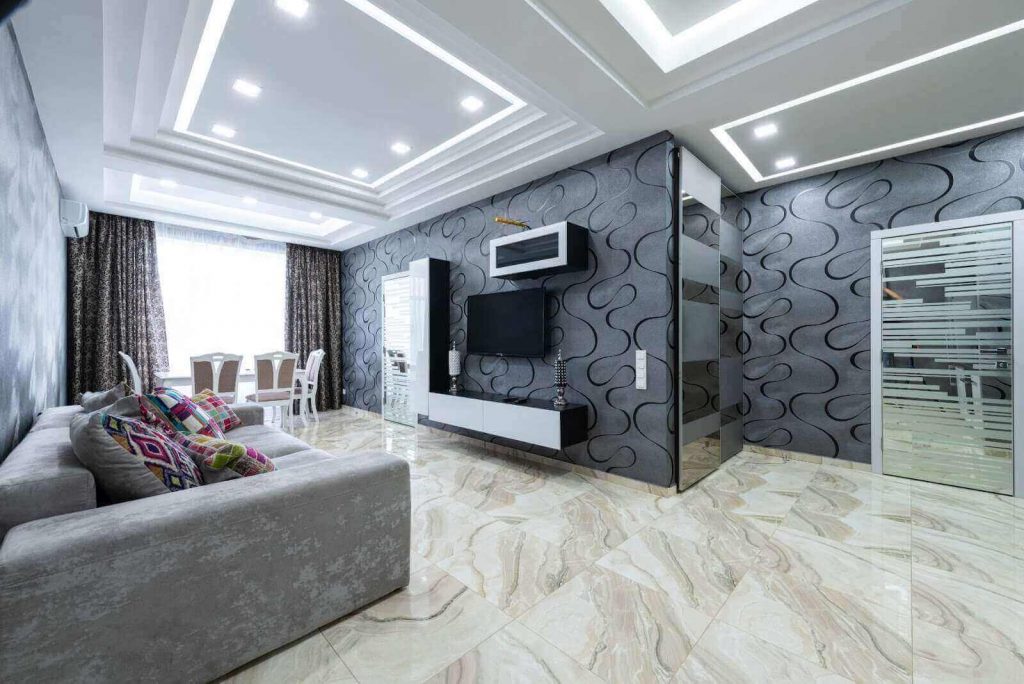
Architectural lamps are part of the geometry of architecture and we use them in all interior spaces. Also, it remains at the core of interior design plans. Its purpose is to be a practical lighting solution with little emphasis on aesthetics compared to decorative lighting.
Some examples of architectural lamps are:
- Recessed lamps
- Ceiling mounted lamps
- Led strips
- Spotlight
- Track lamps
- Recessed lamps: These lamps need a false ceiling for installation. We hang these lamps down from the fall ceiling on either a spot angle or a beam angle.
Spot-angle recessed lamps are useful in highlighting a specific area — i.e., decorative art and architectural detail.
Wide-angle recessed lamps are useful for illuminating entire spaces; from the living room, bedroom, kitchen, and corridor.
- Ceiling mounted lamp: We can mount these lamps directly onto the ceiling facing downward. It works even without a false ceiling.
- Led strips: It is a thin strip with led lights included in it. They are a popular option in lighting design, as we can use them in a multitude of locations like two sides of a hallway, into walls, and furniture under a kitchen cabinet. It provides soft and dispersed light suitable for general lighting.
- Spotlight: We use it to call attention to specific interior design elements such as painting, sculptures, decorative items, and wall textures. It has a narrow beam angle and we can adjust it in any direction.
- Track lighting: These lamps include a metal bar with several bulbs distributed linearly onto them. It is perfect for spaces without false ceilings and with only one electrical outlet in the middle of the room — i.e., we can use it to disperse light homogeneously without remodeling the electrical system.
Track lighting is popular among industrial, contemporary, and minimalist interior design styles and is part of their aesthetic language.
We use these light sources to form lighting layers. Let us know about it down below.
Lighting layers
We need to mix 3 lighting sources into the interior space to create contrast, color, and texture. Those sources are:
- Ambient light
- Accent light
- Task light
- Ambient light: It is the basic layer of lighng that illumines the room and lets you see and move clearly in the entire space. Ambient lighting is soft and diffused. We can introduce ambient lighting through ceiling-mounted light and recessed light that directs light downward or through floor lamps and wall lamps. Other sources of ambient light are led-strips and chandeliers.
- Accent light: We use accent light to highlight a specific object like artwork, furniture, and fireplace, or areas with architectural details. It converts those objects and areas into the focal point of the interior design. Also, it can be safely said that accent light adds the finishing touch to your interior design.
Accent light brings style and contrast to space. It creates a defined shadow, which adds more depth to each object and improves the overall appearance of the space. Practically, accent lights are three times more powerful than ambient light.
- Task light: Task light is the most functional layer of the lighting plan. It is used to aid tasks like reading, cooking, and eating by focusing on the specific area where we perform the task. Task light is brighter than ambient light. Table and floor lamps are a few examples of task lights.
Endnote:
By combining the different lighting sources and lighting layers, we can create the perfect lighting in Interior design.
Contact or visit us at Ultra interio to know more about lighting in interior design.
